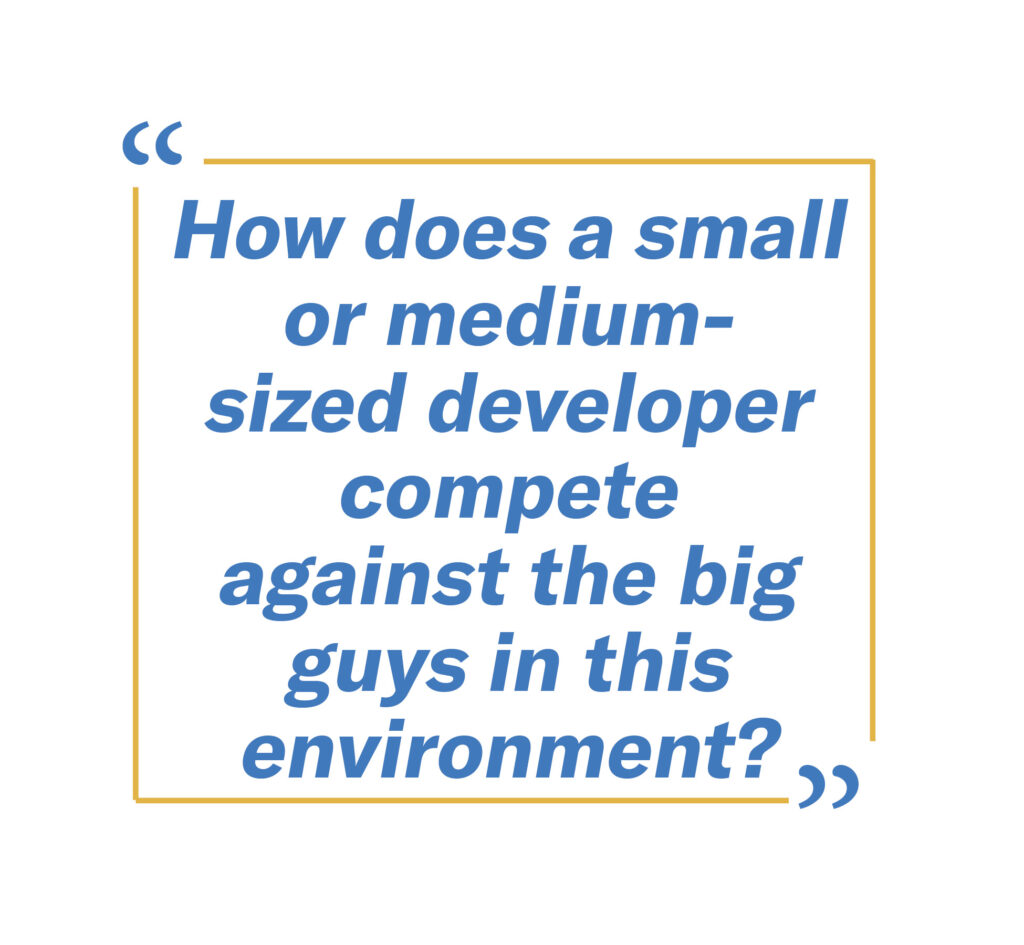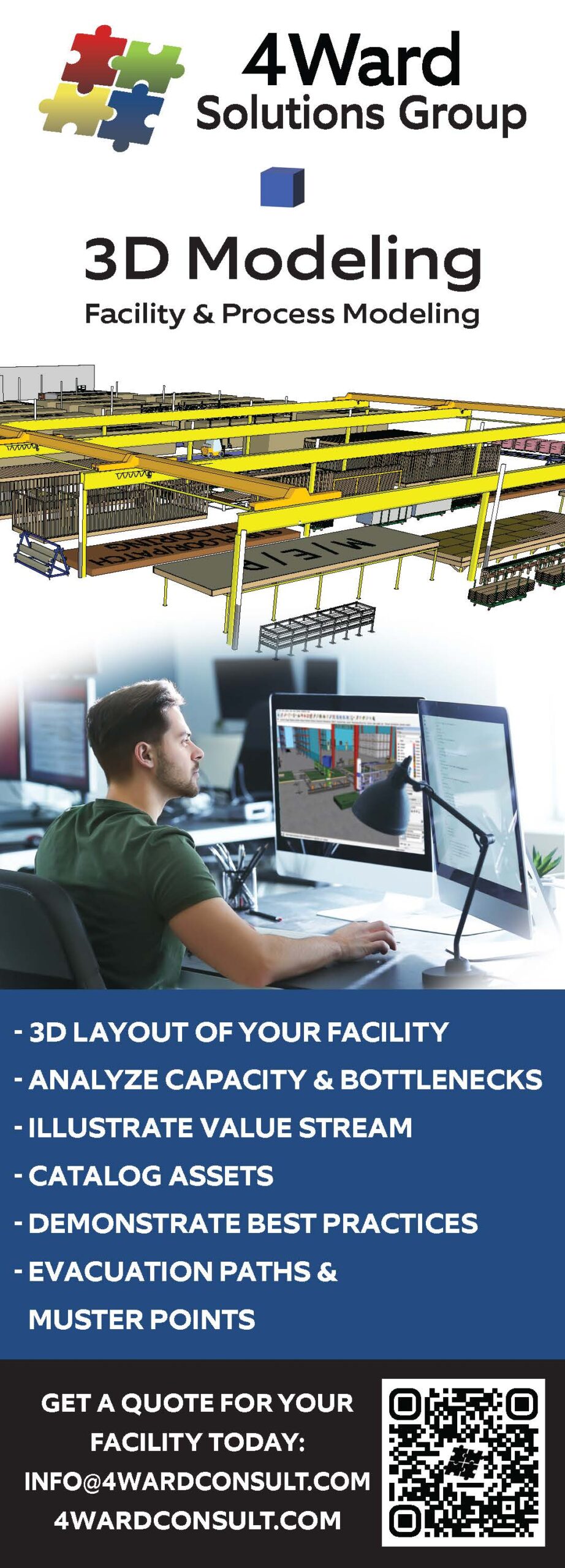Single-family home developers are at a crossroads. Never before have they been under such pressure from so many directions. Material costs have increased rapidly. Supply chain issues continue to plague them. Delivery times are extending out. Finding workers and subcontractors continues to be a challenge. And now, with the recent economic headwinds, many are struggling with sales.
How does a small or medium-sized developer compete against the big guys in this environment?
When I attend building conferences and sit beside a Division President or similar level executive from one of the top ten homebuilders they always ask the obligatory, “So, what do you do?” When I respond that I build homes using modular construction, the next standard question is, “Do you mean volumetric construction?” When I answer yes, the third question is usually, “So how can you cost-effectively ship all of that air to a homesite?”
And there you have it. What the current leaders of the industry don’t understand is that with volumetric modular construction we’re not just shipping materials to the jobsite: we’re also shipping the labor. That’s because the materials have already been installed and the finishes completed. I can use the lower costs of factory production—and, in many instances, the lower labor rates of the factory location—to deliver homes faster and at the same or lower cost.
These advantages are a big deal in the build-for-rent market, a segment that more builders and developers are focusing on. And, that market segment is growing. As a country, we are building homes that fewer and fewer Americans can afford.
The forces making homes unaffordable range from material and labor costs, to stricter codes and regulations, to higher interest rates. According to the Mortgage300.com blog, for every 1% increase in interest rates, a homebuyer’s buying power decreases by about 10%, so the recent rise in interest rates has cost the typical medium-income home buyer about one-third of their buying power. To make their housing dollars go further, many people are choosing to rent rather than buy. This has led more developers to pivot from a selling to a renting mindset.

Speed matters a lot in the build-for-rent proforma. The sooner a home can be made available, the sooner it can begin generating operating revenue. Modular is a perfect fit for this market because it offers a way to speed up the construction process.
Modular construction also transfers many of the pain points of construction from the field to the factory. Items such as project management, purchasing, design/engineering and estimating are taken over by the factory for a huge segment of a project. From the developer’s perspective, the factory is a single vendor that delivers a single component—the nearly finished home.
The modular math is pretty simple. The many small/medium builders/developers I’ve talked with over the past year have reported cycle times of four to six months. What if they could reduce cycle time to a consistent 45-60 days? That would put tenants in the home two to four months earlier and the extra operating revenue would go straight to the bottom line. That’s the magic of modular construction.
Yes, if you’re a conventional builder/developer it will take time to adapt your project management, scheduling and other processes to modular. Once you do that, however, you will have the opportunity to truly compete with the biggest builders in your market. Home building is a tough game, but modular construction can help level the playing field.

















